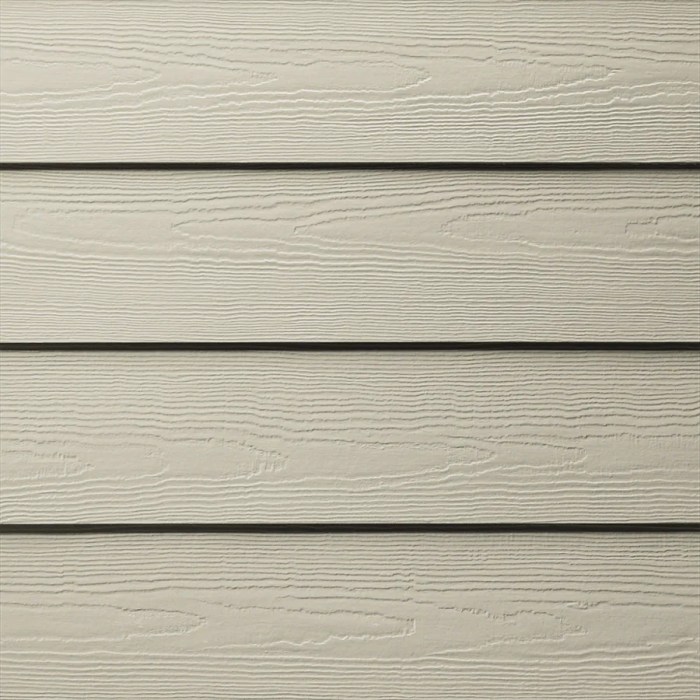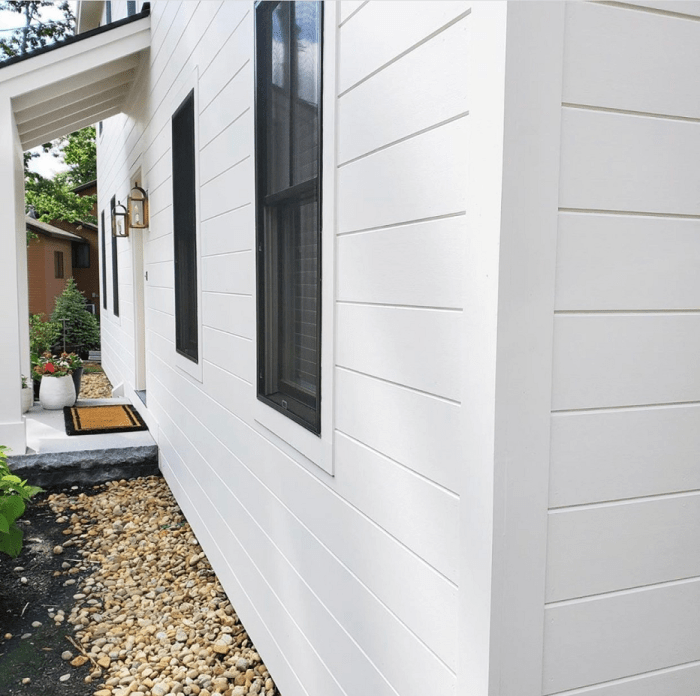Crafting Excellence: A Guide to Structural Repair Contractors
As structural repair contractors take center stage, this opening passage beckons readers into a world crafted with good knowledge, ensuring a reading experience that is both absorbing and distinctly original.
In the following paragraphs, we delve into the essential aspects of structural repair contractors, shedding light on their roles, qualifications, techniques, and safety measures.
What are Structural Repair Contractors?
Structural repair contractors are professionals who specialize in repairing and maintaining the structural integrity of buildings and other structures. They play a crucial role in ensuring the safety and stability of a building by addressing issues related to its foundation, walls, columns, beams, and other structural components.
It is important to hire qualified structural repair contractors for building maintenance to ensure that any structural issues are addressed properly and in a timely manner. Failing to do so can lead to further damage, compromising the safety of the building and its occupants.
Responsibilities of Structural Repair Contractors
- Assessing the structural integrity of buildings to identify any issues or damage.
- Developing and implementing repair plans to address structural problems.
- Repairing or replacing damaged structural components such as beams, columns, and foundations.
- Ensuring that all repairs meet building codes and regulations.
- Providing maintenance services to prevent future structural issues.
Services Offered by Structural Repair Contractors
- Foundation repair and stabilization.
- Wall reinforcement and repair.
- Structural strengthening through the use of materials such as carbon fiber or steel.
- Crack repair and waterproofing.
- Seismic retrofitting to improve a building's resistance to earthquakes.
Qualifications and Certifications
To become a structural repair contractor, individuals must possess a combination of education, experience, and certifications that demonstrate their knowledge and expertise in the field. These qualifications are essential for ensuring the safety and integrity of structures undergoing repair or renovation.
Necessary Qualifications and Certifications
- Education: A bachelor's degree in civil engineering or a related field is typically required to become a structural repair contractor. This education provides the foundational knowledge needed to understand the principles of structural engineering.
- Experience: Hands-on experience in the construction industry, particularly in structural repair and renovation projects, is crucial for developing the skills required to assess, plan, and execute repairs effectively.
- Certifications: Obtaining certifications such as the Structural Repair Certification (SRC) or the Structural Engineering Certification Board (SECB) certification can further validate a contractor's expertise in structural repair.
Impact of Certifications on Credibility and Expertise
Certifications play a significant role in enhancing the credibility and expertise of a structural repair contractor. They serve as proof that the contractor has met certain standards of knowledge and competency in the field. Clients are more likely to trust certified contractors to handle their structural repair needs due to the assurance of quality workmanship and adherence to industry standards.
Importance of Ongoing Training and Education
Continuing education and training are vital for structural repair contractors to stay updated on the latest techniques, materials, and regulations in the industry. Ongoing training ensures that contractors remain competitive, adaptable, and capable of providing innovative solutions to complex structural repair challenges.
Structural Repair Techniques
Structural repair contractors utilize various techniques to address issues like cracks, foundation problems, and structural instability. These techniques range from traditional methods to innovative approaches, each tailored to specific needs and challenges.
Traditional Repair Methods
Traditional repair methods often involve manual labor and basic materials to fix structural issues. Some common traditional techniques include:
- Injecting epoxy resin into cracks to seal and reinforce them.
- Installing steel braces or beams to provide additional support to weakened structures.
- Applying mortar or cement to repair damaged concrete or masonry.
Modern Approaches in Structural Repair
With advancements in technology and materials, structural repair contractors now have access to innovative methods that offer more efficient and durable solutions. Some examples of modern approaches include:
- Carbon fiber reinforcement: Using carbon fiber sheets to strengthen beams, columns, and walls without adding significant weight.
- Grouting techniques: Injecting specialized grout materials to fill voids and stabilize foundations.
- Structural underpinning: Installing additional support beneath existing foundations to prevent settlement or collapse.
Comparison between Traditional and Modern Methods
While traditional repair methods have been effective for many years, modern approaches offer several advantages, such as:
- Greater durability and longevity of repairs.
- Faster completion times due to improved techniques and materials.
- Minimal disruption to the structure and occupants during repairs.
Safety Measures and Regulations
Structural repair contractors must prioritize safety measures to maintain a secure work environment and ensure the well-being of their team members. Adhering to building codes and regulations is crucial in structural repair projects to guarantee the structural integrity of the building and the safety of its occupants.
Importance of Safety Protocols
Implementing safety protocols not only protects workers from accidents and injuries but also plays a significant role in the overall quality of structural repair work. By following safety guidelines diligently, contractors can prevent costly mistakes, delays, and potential structural failures.
Adherence to Building Codes and Regulations
Building codes and regulations are put in place to ensure that construction and repair projects meet specific safety standards. Structural repair contractors must comply with these codes to guarantee that their work is structurally sound and up to industry standards.
Failure to adhere to regulations can result in fines, legal consequences, and compromised structural integrity.
Ending Remarks
In conclusion, the world of structural repair contractors is a complex yet vital one. By understanding their significance, qualifications, and methods, we gain a deeper appreciation for the expertise they bring to building maintenance and repair.
Quick FAQs
What qualifications are needed to become a structural repair contractor?
To become a structural repair contractor, individuals typically need a combination of education, training, and relevant certifications in fields like engineering or construction.
How do certifications impact the credibility of a structural repair contractor?
Certifications demonstrate a contractor's commitment to professionalism and expertise in the field, enhancing their credibility and trustworthiness.
What safety measures should structural repair contractors follow?
Structural repair contractors must adhere to safety protocols such as using proper equipment, ensuring site safety, and following industry regulations to maintain a secure work environment.




